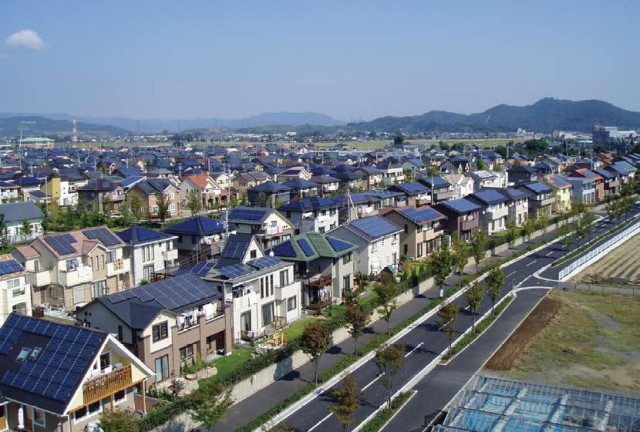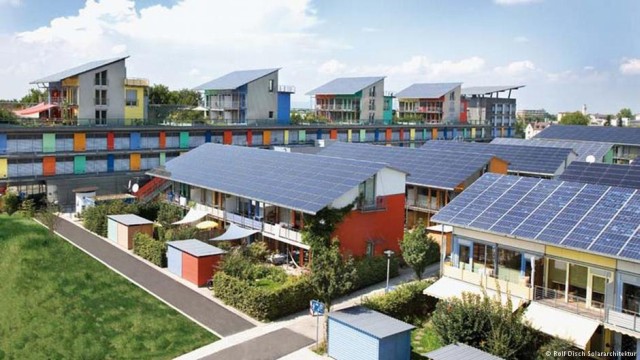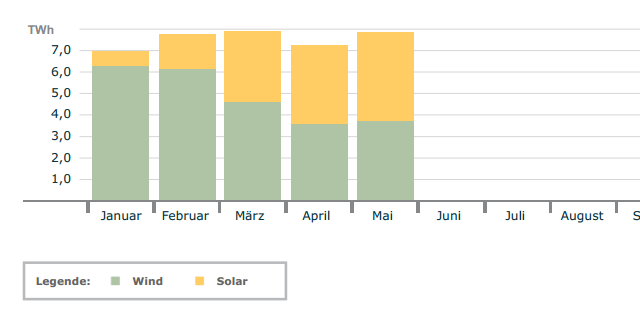New Germany record: 50.6% of energy per day received from solar panels

Germany has updated the record for the share of energy derived from solar panels. On the day of June 9, 2014, the national power grid received 23.1 GWh of energy from photovoltaic cells, which accounted for 50.6% of daily consumption, reported the Institute of Solar Energy Systems of the Fraunhofer Society (Fraunhofer ISE).
The record is set on a day off, when consumption is minimal, but still it is a significant achievement for the energy sector.
In June 2014, Germany broke several more records for solar energy. So, between 1:00 pm and 2:00 pm, on June 6, the power of 24.24 gigawatts was removed from all photocells in the country. And for the whole week of June 2-8 - 1.26 TWh.
')
Germany used to be considered one of the world leaders in the production of nuclear electricity (140 TWh / year), but after the accident at Fukushima in 2011, the government decided to completely abandon nuclear power plants. Eight stations were stopped immediately, while the rest are scheduled to be closed until 2022.
Now Germany is considered to be the leader in the production of renewable energy, not nuclear. In this country, about as many solar power plants are installed as in all other countries of the world combined. For comparison, in the US, only 0.2% of all energy is received from solar panels.
About 90% of all solar panels in Germany are located on the roofs of houses . They are installed even in small villages, on farms, factories, office buildings, but especially in the private sector. Modern architects even design houses so that the roof faces south .

The example of Germany proves that renewable energy can cover a substantial part of the needs of even such a large country. Solar energy generation is seasonal, but it is well combined with wind installations, which gives a generally stable flow. For example, statistics for January-May 2014 shows a quite stable monthly issue from solar panels and wind turbines, in total.

Unfortunately, the boom of solar energy in Germany has an unpleasant side effect: the highest energy cost in Europe for the population. Nearly 7 million households in the country spend 10% or more of their total income to pay for electricity, which experts call “energy poverty”, when people are forced to save even on small things and deny themselves something.
One way or another, but the problem of energy supply from renewable sources needs to be solved on the scale of not just Germany, but the whole world. One of the possible options is the installation of a large number of solar panels in the Sahara desert ( DESERTEC project).
The map shows in red the area that needs to be covered with batteries to meet the energy demand of the whole world (left square), Europe (middle square) or only Germany (right square).

This option is much more economical than covering the solar panels of roads .
Source: https://habr.com/ru/post/227029/
All Articles